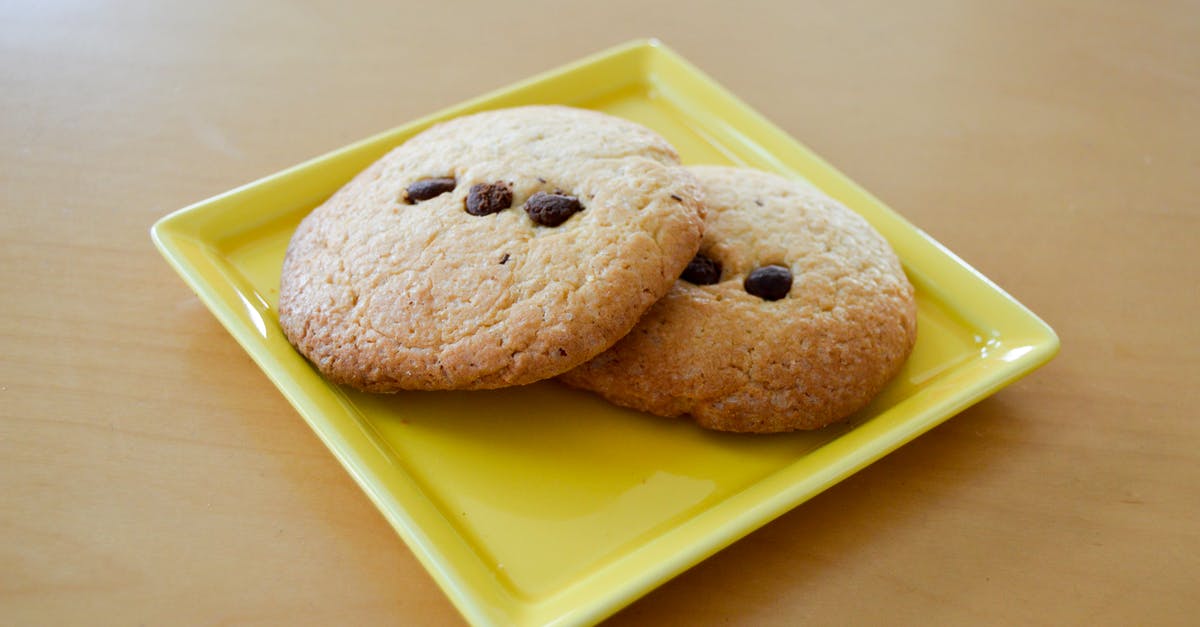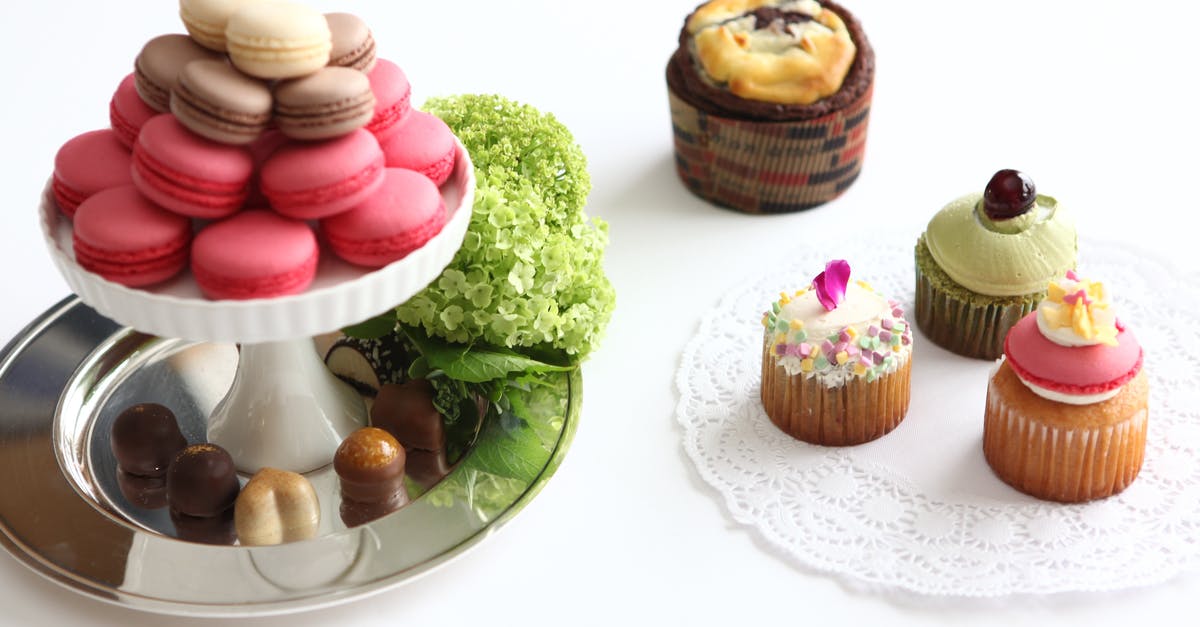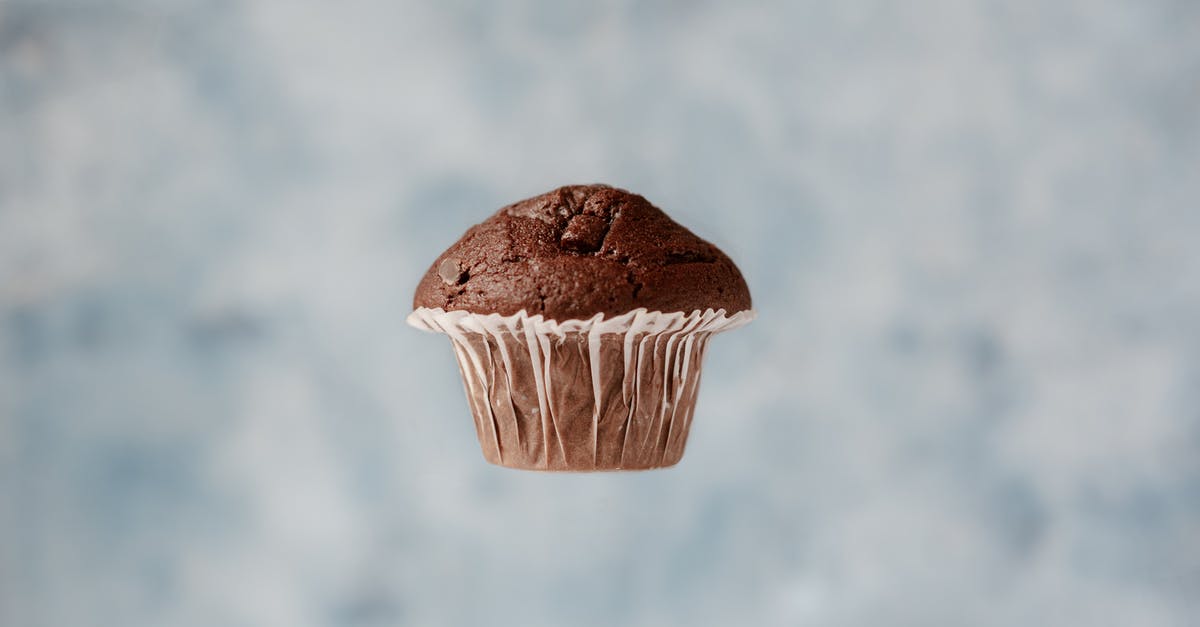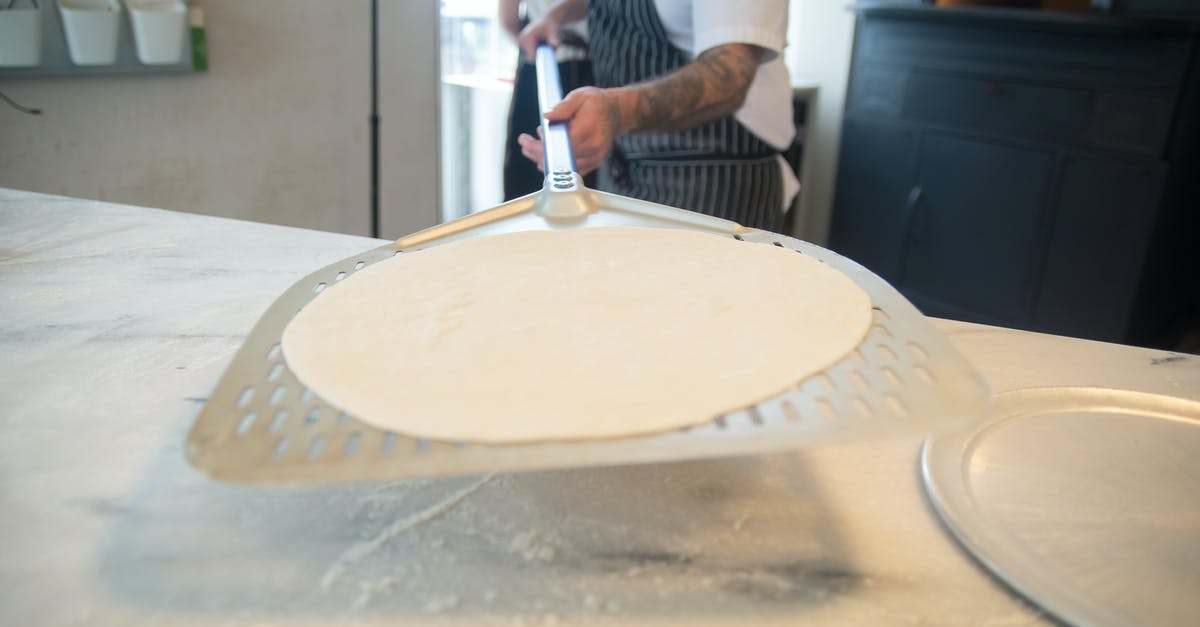Why are baking measurements such nice round numbers?

I've heard over and over that when it comes to baking, measurements cannot be ignored, and you need to be very precise. This question covers how precise a measurement of flour should be, for example. But if getting your baking just right requires being so painstaking in measuring ingredients, how is it possible that all of the amounts in recipes come out to such neat and easy numbers? I can't remember if I've ever seen a flour measurement go more specific than the nearest 1/4 cup. The smaller chemicals like baking powders are usually to the half tsp, that I've seen, but I can imagine they go down to 1/4 or 1/8. And eggs basically always come in ones, or one yolk, but there's not much you can do about that. Weight measurements are more specific of course, but have you ever seen a ratio like 4.2683 oz of flour per egg?
How accurate is this really? Does this mean if your flour measurement is off by 1/16th cup you'll be just fine? Or it just won't look the same as the one made by the person who invented the recipe? I have a hard time believing that with such complex chemistry involved, the optimal quantities are so close to large fractions of our units of measure. Is there actually a bit more fudge room with some ingredients than we're being told?
Also, if so, which ingredients are more forgiving? I'd guess that baking powders are among the least.
Best Answer
Realistically, there's a lot of flexibility in baking, in spite of the cargo cult mantra that you have to follow pastry recipes exactly. There are simple, weight-based ratios that can be used as a foundation for plenty of variation. The "round numbers" are, in fact, approximations, and this is often why you'll see that a typical baked good recipe in a consumer-oriented cookbook isn't designed to scale exactly past, say, doubling or so.
When you diverge dramatically from a base ratio, you may get an unexpected outcome. But, for example, pate a choux can be converted from the basic cream puff shell to a gougere by simply adding a modest amount of cheese to the dough. Within a moderate range, the exact amount of cheese won't matter that much. When I make muffins, I follow a basic ratio, and add additional items like fruits and nuts without even measuring; given enough experience, you can eyeball how much a recipe can take.
You can see more evidence of this as you look at most cake or pastry cookbooks. If you reduce the components to their essential character (fat, flour, egg, sweetener, liquid, leavening, flavoring) you'll probably find that there are only about 6-12 archetypal recipes in most such cookbooks. Some of them are even up-front about it and tell you to start with the "basic yellow cake recipe" then add x, y, and z.
That's not to say you won't get different results when you use less or more of an ingredient than the base recipe requires, but you'll probably get very adequate results as long as you're close to the base ratio.
Most chefs aren't particularly scientific, and you should realize that many of our archetypal baking recipes are the serendipitous result of relatively haphazard experimentation. Supposedly, the original souffle was a "mistake" caused by using too many eggs in a cake recipe. Additionally, even with weight based measurements, most ingredients have quite a lot of natural variation, depending on seasonality and, even for things like refined flour, climate and varietal differences can change your results. I've started with some recipes that worked pretty well when I was a student in Germany and had very different (though often acceptable) results in the US with similar ingredients.
Ruhlman's book called Ratio is a good place to look at these kind of archetypal recipes, and includes a fair amount of references on baked goods, though it's not the focus of the book.
Pictures about "Why are baking measurements such nice round numbers?"



Quick Answer about "Why are baking measurements such nice round numbers?"
The "round numbers" are, in fact, approximations, and this is often why you'll see that a typical baked good recipe in a consumer-oriented cookbook isn't designed to scale exactly past, say, doubling or so. When you diverge dramatically from a base ratio, you may get an unexpected outcome.What is the most accurate form of measurement in baking?
For the Most Accuracy, Use a Kitchen Scale! In most cases, weight is trustier than volume measurements. If a recipe calls for 140 grams of flour, there's no quibbling. But one cup of flour \u2013 even one weighed with the fluff-and-scoop method \u2013 can weigh anywhere between 120 grams or 170 grams.Why are metrics better for baking?
Using mass for baking is also more precise. Depending on how it's packed, a cup of flour can weigh anywhere from around four ounces (113 grams) to six ounces (170 grams), a difference of 50%! This can have a real effect on the food. Weighing your flour and other dry ingredients eliminates this variation.Do baking measurements have to be exact?
Baking is a science and it requires all the precision you would expect when doing a chemical experiment. Your ingredient measurements have to be precise to get the chemical reactions you need and to score that perfect, consistent result every time.Which measurement system is most often using in baking because of how accurate it is?
Grams is the preferred unit of measurement for baking because it is the smallest and therefore the most accurate.HOW TO MEASURE CORRECTLY FOR BAKING
More answers regarding why are baking measurements such nice round numbers?
Answer 2
I've always been taught that baking is a science when it is compared to cooking. Cooking is very much 'to taste' and very individual. There are not as many things that can go wrong with a standard recipe in cooking, and you have a lot more room for creativity. You don't have to look at baking as that precise. However, unlike cooking, where you can add or subtract from a recipe with no real harm to physical structure, that does not hold in baking. For examlple, if you feel that there is too much salt in a recipe, cutting back can (and most likely will) have a cascading effect through the ingredient chain. You have to understand your ingredients and the effect they have on other ingredients. That is what makes baking a more precise science.
And in terms of flour, it is often the most 'ranged' ingredient. Depending on flour type, miller, altitude, water temp. etc., the amount of flour in a given recipe is always a guide. Again, you have to know your ingredients. You will never see 'one and an eight cup plus 2 TBSP hard flour' in a recipe, because it is so variable for many different reasons. Flour and water are the two most flexible ingredients, and are always variable.
Hopefully this helps, I am sure someone will come along with a more scientific explanation for all different ingredients, I am just offering an experience based answer to your question.
Also, you are right, do not mess around with baking soda and powder. If you do, you are asking for trouble.
I would suppose that the rule of thumb would be that the more exacting an ingredient is (tsp, quarter tsp), you don't want to change much.
Answer 3
Of course there is some wiggle room.
Depending on the type of recipe you are baking different ingredients are going to be more important. In bread, for example, the flour to water ratio is going to be the most important. Even slight changes in these can dramatically affect the product. In my experience, for my 6 loaf recipe, a "slight" change would be more than 1/4 of flour or just a couple Tbs of water.
Keep in mind that haphazard measuring of flour can result in differences far exceeding 1/4 cup. (depending on the size of the batch of course)
Some ingredients aren't so picky- the difference in egg sizes, for example, has never significantly impacted my results; yeast quantities affect rise times, flavor, etc. but it will work out; Salt is to taste.
I bought a digital scale and converted my old bread recipe to weight and now I don't have to measure anything (the old way) I just dump in the flour until the weight is right. It's nice.
All in all- if you are measuring so carefully that it isn't fun anymore then you're taking it too seriously. Measure carefully when it's important but let it be enjoyable.
Answer 4
Basics: Baking recipes are FORMULAS i.e. total flour weight = 100% all other ingredients are a % of the flour weight i.e. 80%, 120% etc. this allows you to scale up/down "recipes" then the intangibles of experience 'taste, feel, smell, etc.' allow minor adjustments.
The flour is scaled at 100% because of all the variables affecting the water content of your flour i.e. humidity, type of flour, grind and others.
See: wikipedia.org/wiki/Baker_percentage
Sources: Stack Exchange - This article follows the attribution requirements of Stack Exchange and is licensed under CC BY-SA 3.0.
Images: StockPhotosHub.com, Pixabay, Anete Lusina, Kampus Production
